Ⅰ. Introduction
- why do we choose Geisha
Ⅱ. Main Subject
1. The meaning of Geisha
2. The history of Geisha
3. The course to be Geisha
4. Life and Culture
- The Life of Geisha
- Maiko and Geisha
- Geisha and prostitution
- The process of Geisha to couple
Ⅲ. Conclusion
- Our thoughts after work
※ Reference
Geisha appeared in 1751 in Kyotoforthefirst time. Geisha who was trained for a certain time appeared at some parties and banquets.
Geisha was sometimes owned by some shop in red-light district and sometimes worked on their own for some night work. Geisha is originated the dancers called Shirabyoshi from of 12thcentury.
Shirabyoushi used to dance at parties and entertain guests but at some time they went into prostitution, so this word is used for prostitutes. Geisha who didn’t belong to red-light district openly worked as prostitute but geisha of Yoshiwara was strong on her body and entertained guests only dancing and serving.
But fake geishas were more popular among civic population than geishas who were trained for 10 years. It was very difficult even to hold hands with an arrogant geisha but independent geishas were free anytime to buy.
In early meiji era (1868-1912) geishas were only women who could contact with other people so it seemed to foreigners that geishas are representatives of Japanese women. And well known Puccini’s opera ‘Madame Butterfly’ played an important role in geishas becoming famous worldwide.
At the 40-s geisha houses were prohibited by law so many of them went for work to factories or industrial field. At late 70s remained only 17 thousand of geishas and recently this number became even smaller, so you can find only about 1000 geishas in Osaka or Kyoto. Geishas were prohibited by law for many times because of demoralization but in meiji era number of geishas significantly increased.
3. The course to be Geisha
Geishas were stuck to their own traditions and set up their standards of beauty for the hundreds of years. To become a geisha a girl should learn traditional dance as miyako odori (미야코 오도리, lotus dancing), singing, shamishen for at least 5 years and even practice at tea ceremonies and ikebana (꽃꽂이, flower arrangement) and politics. Geishas were trained from age of 6 to 16 for 10 years at house of okiya (오키야, house of geisha) owned by a retired geisha. It was like boarding school.
Young Geishas had to keep their traditional hairstyle despite pains. And they had to use wooden pillow not to dishevel the hairstyle. And it was necessary to sit kneeling down for hours every day and keep smiling face even it is painful. So only having completed such a course
- 게이샤 A Life
- 일본 문화 이야기 (김태영황혜경공저)
- Story about Japanese culture
- 일본 여성 性과 사랑, 삶의 역사 (츠위화 지음)

- 오늘 본 자료가 없습니다.
- 노인복지법 등장배경,목적과 필요성 및 노인복지법 현 문제점과 해결방안 제언과 노인복지 향상위한 정책방안 제시
- [전직공무원 집필 A+ 마스터피스]자원봉사론- 내가 살고 있는 지역의 자원봉사활동에는 어떠한 것이 있는지 조사해서 기술하고, 그 중 한 가지를 선정하여 문제점과 해결방안을 제시하시오 단, 누구를 대상으로 언제 어떠한 활동을 하고 있는지 구체적으로 기술해 주세요
- 자신이 경험하거나 관심을 두고 있는 자원봉사활동을 선정(노인복지관)하고, 그 자원봉사활동을 관리할 때 주의하거나 고려해야할 사항에 대해~
- 인공지능의 개념 및 원리를 제시하고, 일상생활과 교육분야에서 인공지능 활용사례에 대해 기술하시오
- 유아 디지털 교육에서 활용할 수 있는 교수매체를 제시하고, 본인이 제시한 교수매체 중 3개를 선택하여 각 교수매체가 지닌 장단점을 기술~
해당 정보 및 게시물의 저작권과 기타 법적 책임은 자료 등록자에게 있습니다. 위 정보 및 게시물 내용의 불법적 이용,무단 전재·배포는 금지되어 있습니다. 저작권침해, 명예훼손 등 분쟁요소 발견 시 고객센터에 신고해 주시기 바랍니다.




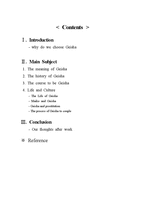
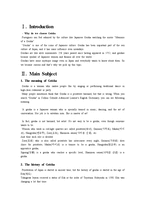
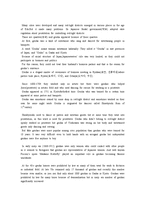
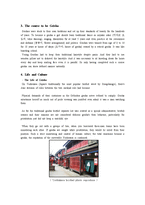
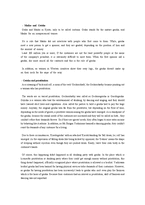

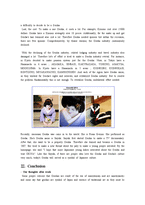

 분야
분야

